China, Jingdezhen kilns
Diameter: 24.2 cm
Period: Early Qing dynasty, Kangxi reign (1662–1722)
Date: circa 1670–1690
A finely painted Chinese blue and white porcelain plate featuring classic Kraak-style decoration, produced during the early Kangxi period for the export market.
The central reserve depicts an elegant domestic garden scene with a lady and child amid rockwork and flowering plants — a theme rooted in late Ming narrative painting. Surrounding the scene, the broad rim is segmented into alternating panels containing stylized floral sprays, landscape motifs, and geometric emblems, all executed in vibrant light cobalt blue under a smooth, translucent glaze.
The back bears a symbolic apocryphal mark in underglaze blue, typical of non-imperial workshop marks used during the Kangxi reign, especially on export porcelain. The plate’s diameter of 24.2 cm corresponds to standardized export sizes frequently traded through the Dutch East India Company (VOC).
The crisp decoration, controlled brushwork, and icy blue palette are hallmarks of early Kangxi production, while the segmented border design directly references the earlier Wanli Kraak tradition—making this a transitional piece of great historical and aesthetic significance.
Condition: Excellent, with no cracks or restorations.
Provenance: Private European collection
This plate represents the sought-after revival of late Ming Kraak motifs in the early Qing period — produced with greater technical refinement for a flourishing international market. Comparable examples can be found in the Topkapi Palace Collection, Rijksmuseum, and Metropolitan Museum of Art.


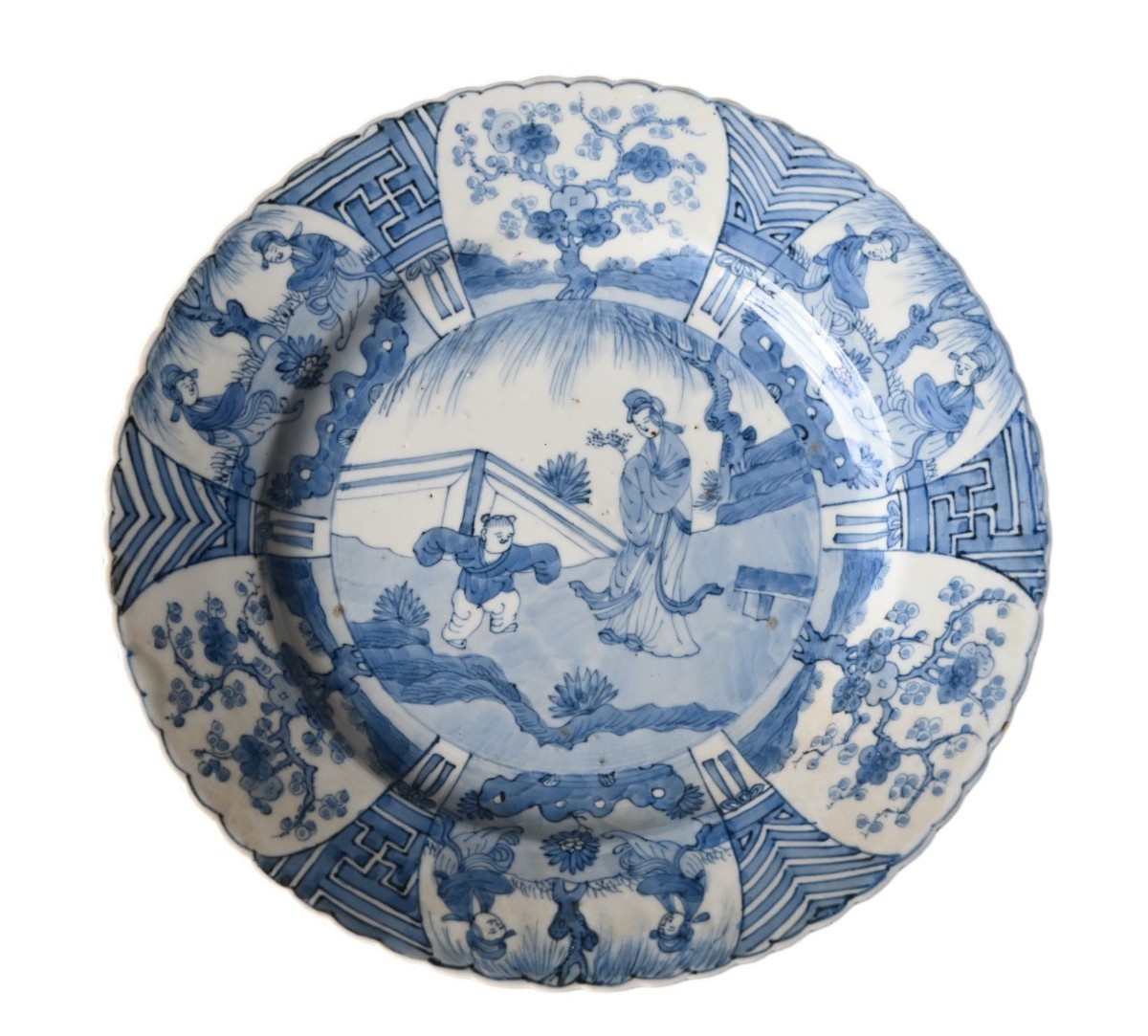
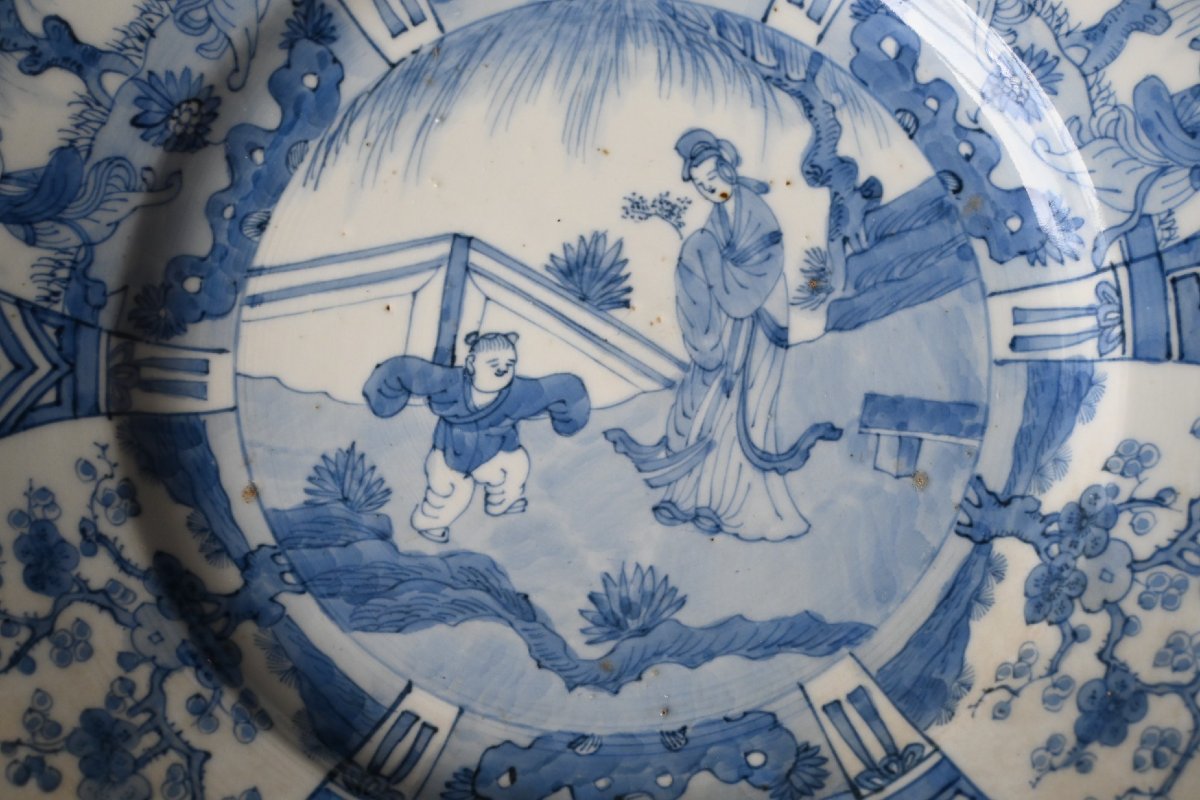




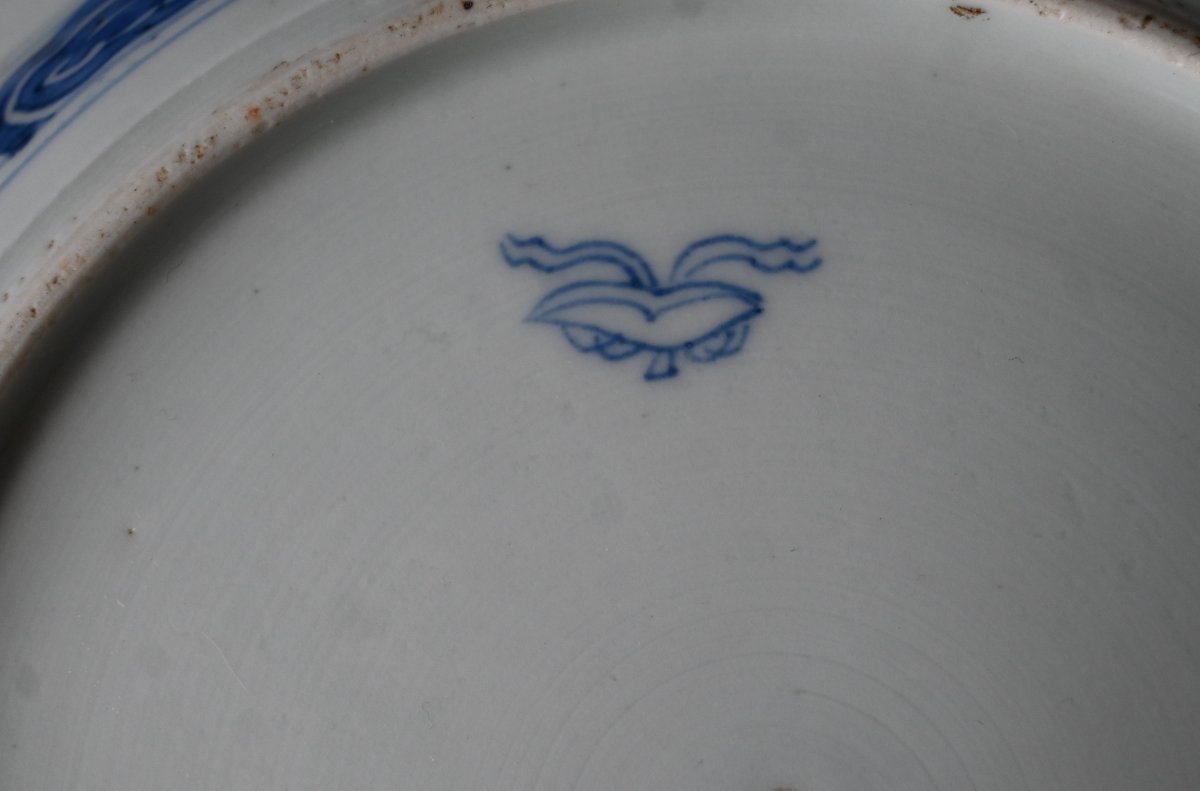
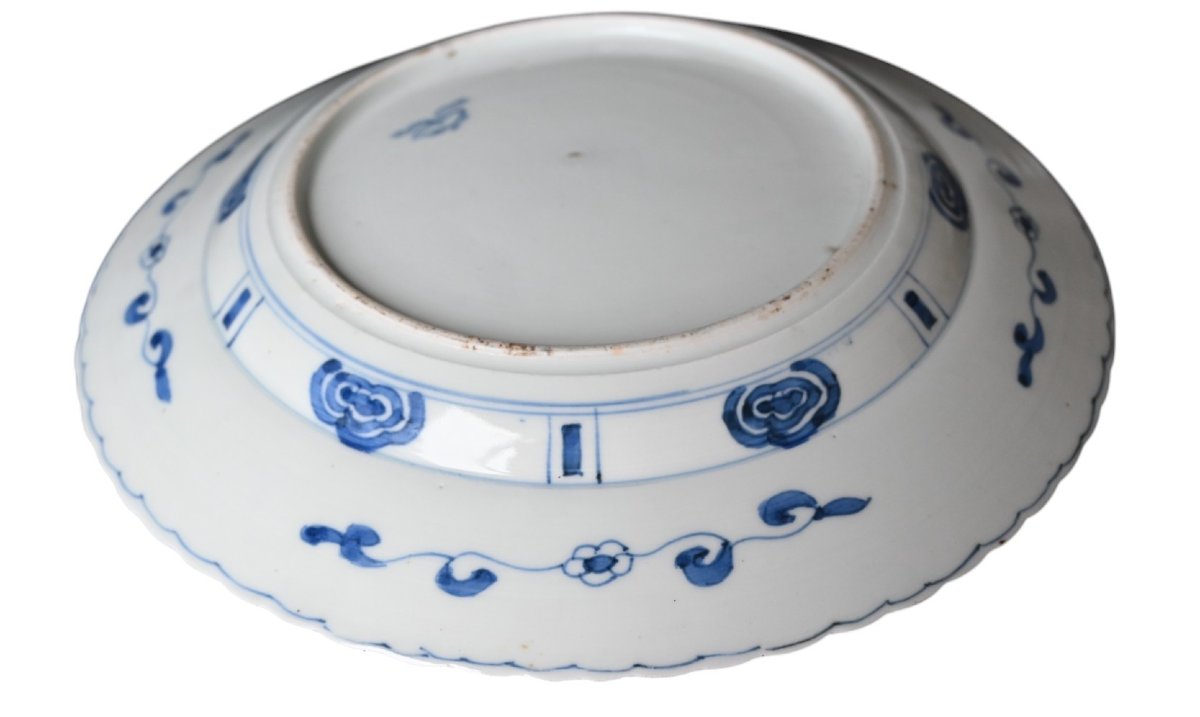
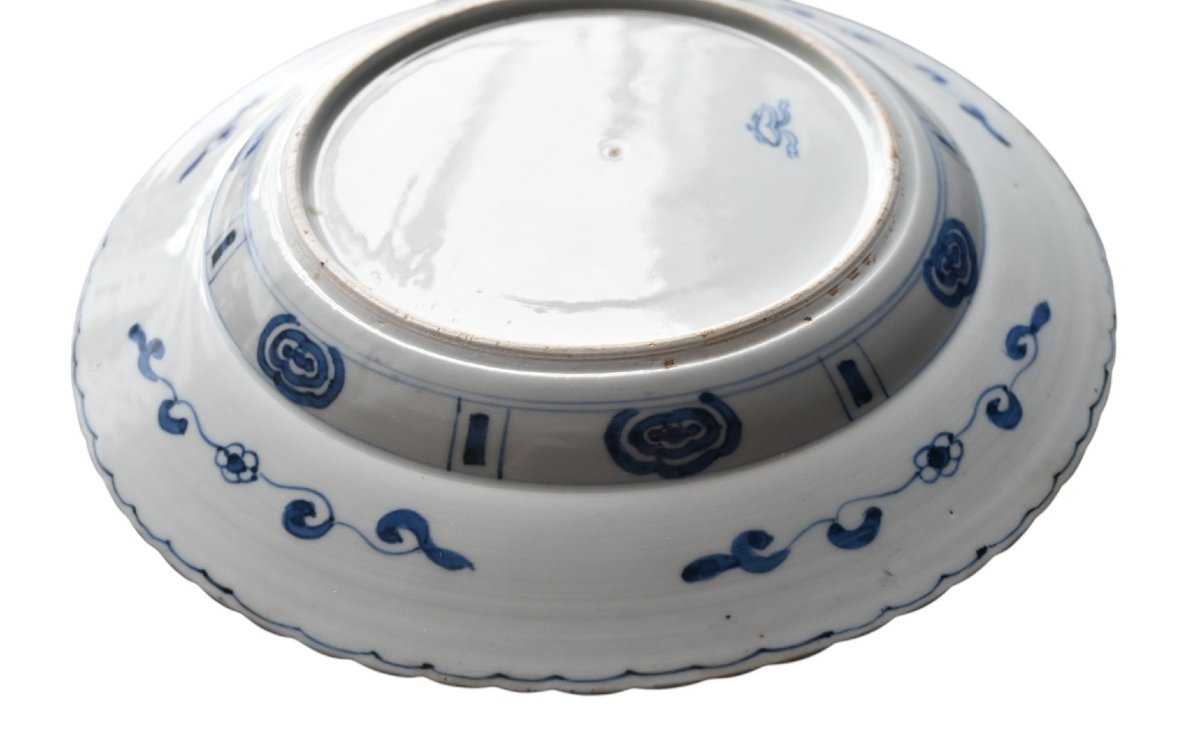










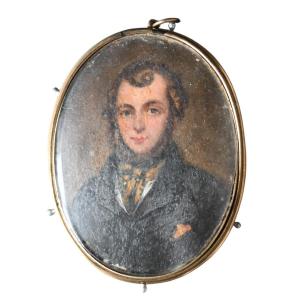
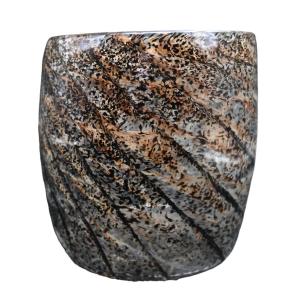

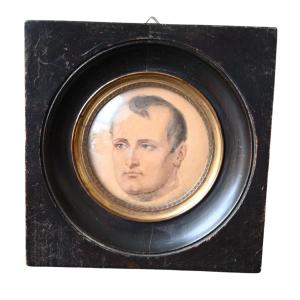


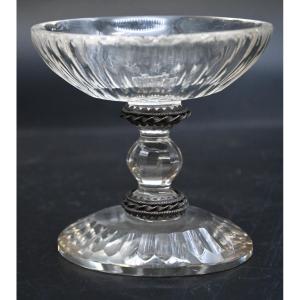








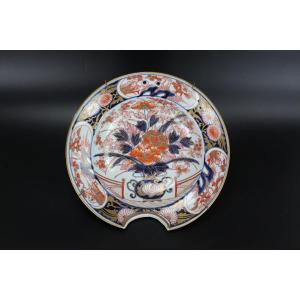



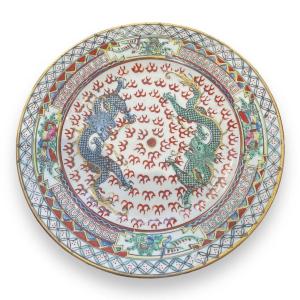



 Le Magazine de PROANTIC
Le Magazine de PROANTIC TRÉSORS Magazine
TRÉSORS Magazine Rivista Artiquariato
Rivista Artiquariato